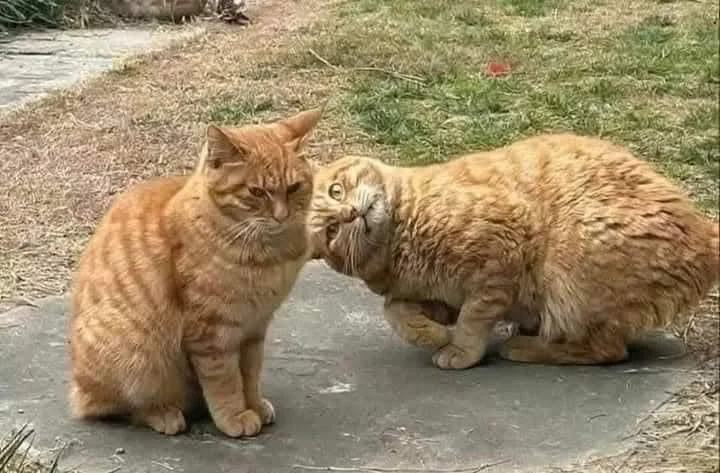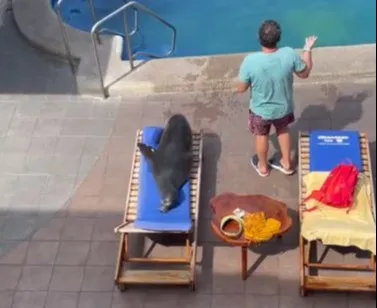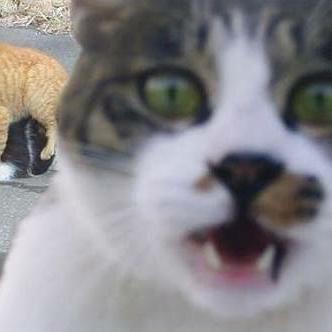The osprey is to be re-introduced to Ireland this summer after being extinct from the country for more than a century.
The birds became extinct on the island 150 years ago, but the National Park and Wildlife Service (NPWS) is moving forward with a plan to bring them back later this year.

Twelve osprey chicks will arrive in July as part of the reintroduction programme.
The NWPS programme aims to establish a viable, free-ranging osprey population that eventually breeds in Ireland.
If successful, between 50-70 chicks will be brought to Ireland from Norway over a five-year period.
Commenting on the preparations for the chicks’ arrival, Heritage Minister Malcom Noonan said: “The NPWS has great expertise from its introduction of the white-tailed eagle and the same, highly experienced team will now put their knowledge to good use as we embark on the reintroduction of the osprey.”
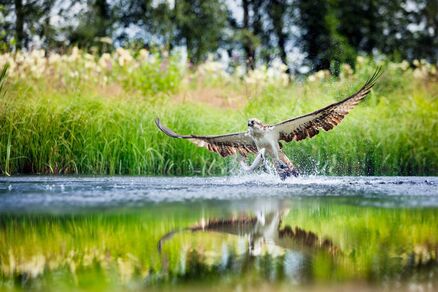
New nesting platforms are being erected in the South-East, on a key migratory route for osprey between Northern Europe and Africa. They will be in place and ready for the arrival of the chicks this summer.
The nest, called an eyrie, is generally built on the top of a large tree, usually a conifer, but deciduous trees are also used. In parts of their range, ospreys may nest on cliff ledges, coastal rocks, buoys and electricity pylons.
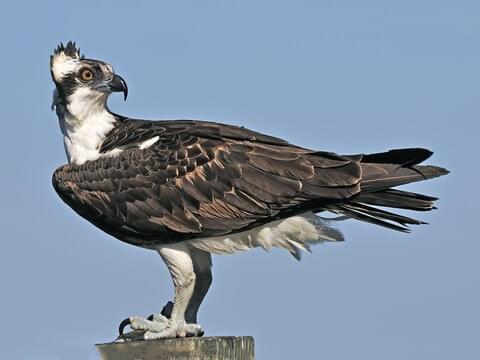
NPWS divisional manager Eamonn Meskell added: “In addition to the holding pens at the release sites, artificial eyries will also be constructed in the release area. The details of construction of holding pens and artificial next sites, feeding and care of birds, their transport and release are based on extensive experience with other osprey reintroduction programmes, and with the white-tailed eagle reintroduction programmes in Ireland over nine years.
Once the chicks arrive in Ireland we’ll be monitoring their progress and adapting their feeding regime to build towards their eventual release over the summer.
Ospreys have a long heritage in Ireland, with several place names around Ireland, particularly in Munster, referencing the bird.
For example, Killarney National Park is home to a site known as Osprey Rock at Loch Léinn, pointing to the bird’s history in Ireland, particularly close to rivers and lakes as it hunts for fish.
While the programme may take some time for the species to begin breeding again, the reintroduction of this fish-eating apex predator will provide significant insights into the health of the Irish ecosystem, and its waters over time.




